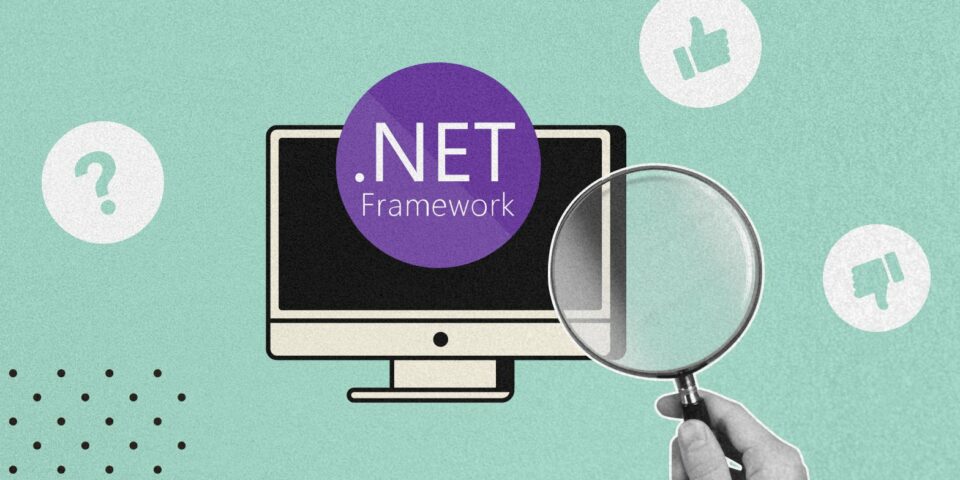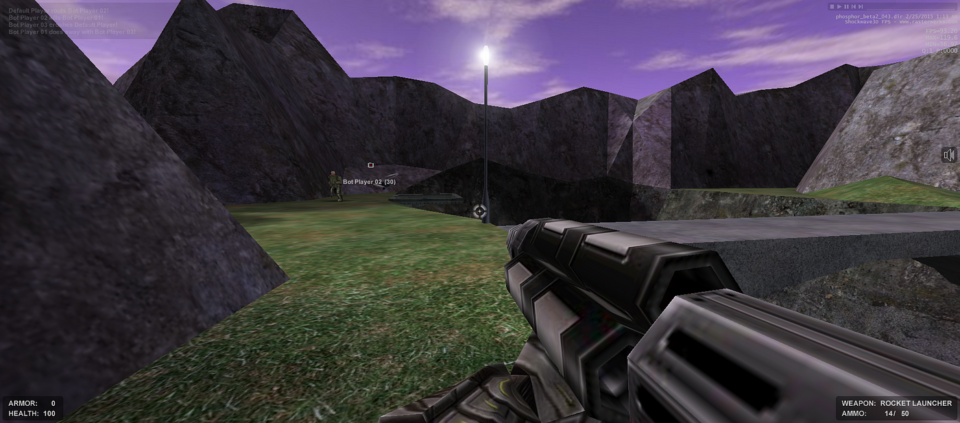Introduction:
In the world of multimedia, Adobe has been a pioneering force, offering various platforms to create and distribute interactive content. Two of its notable platforms, Shockwave and Flash, have played significant roles in shaping the digital landscape. However, with advancements in technology and changes in web standards, their relevance and usage have evolved. In this article, we delve into a comparative analysis of Adobe Shockwave and Flash to understand their strengths, weaknesses, and current standing in the multimedia industry.
Shockwave:
Adobe Shockwave, initially developed by Macromedia, gained popularity in the late 1990s as a powerful tool for creating interactive multimedia content. It offered features for gaming, presentations, and simulations, making it a versatile platform for developers. Shockwave content was often characterized by its high-quality graphics, immersive experiences, and relatively smooth performance across different browsers.
Flash:
Adobe Flash, formerly known as Macromedia Flash, emerged as a leading platform for web animation and interactive content. It gained widespread adoption due to its ability to deliver rich multimedia experiences within web browsers. Flash content ranged from animations and games to interactive websites, offering developers a flexible environment to unleash their creativity.
Comparative Analysis:
Technology and Compatibility:
- Shockwave: Shockwave content typically utilized the Director authoring tool and required a browser plugin for playback. While it offered robust multimedia capabilities, its adoption declined with the rise of web standards like HTML5, which reduced the need for browser plugins.
- Flash: Flash content was created using the Adobe Animate authoring tool and relied on the Flash Player plugin for playback. Similar to Shockwave, Flash faced compatibility issues as modern browsers phased out support for Flash Player due to security concerns and the emergence of alternative technologies.
Performance and Features:
- Shockwave: Shockwave was renowned for its ability to deliver complex multimedia experiences with relatively smooth performance. It offered features for 3D rendering, advanced scripting, and interactive elements, making it suitable for gaming and simulations.
- Flash: Flash excelled in delivering interactive animations and vector graphics. It offered a wide range of features, including timeline-based animation, scripting capabilities with ActionScript, and support for audio and video playback.
Security and Support:
- Shockwave: Over time, Shockwave became less prevalent in web development, leading to dwindling support and updates from Adobe. This lack of support raised security concerns for users still utilizing Shockwave content.
- Flash: Adobe announced the end-of-life for Flash Player in 2020, marking the culmination of Flash’s decline. Security vulnerabilities and performance issues prompted major browsers to discontinue support for Flash content, further diminishing its relevance.
Conclusion:
In the realm of multimedia platforms, both Adobe Shockwave and Flash have left indelible marks on the digital landscape. However, advancements in technology, changes in web standards, and evolving security concerns have relegated them to the annals of internet history. While Shockwave and Flash once reigned supreme in delivering interactive content, their decline underscores the importance of adaptation and innovation in the ever-changing digital ecosystem. As developers embrace modern technologies like HTML5, CSS3, and JavaScript, the legacy of Shockwave and Flash serves as a reminder of the dynamic nature of multimedia platforms and the imperative to stay abreast of emerging trends.









